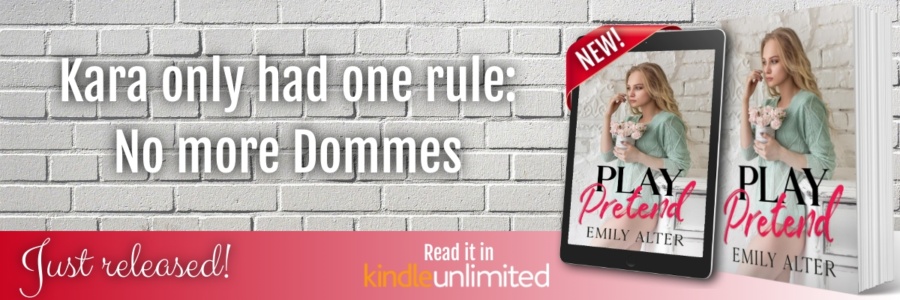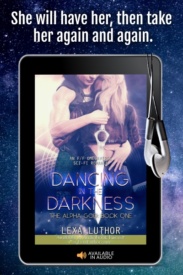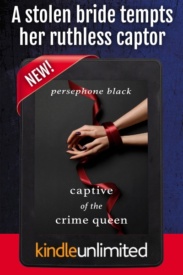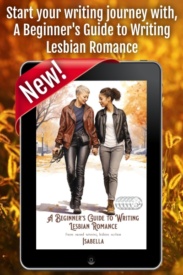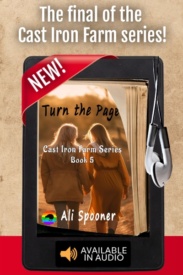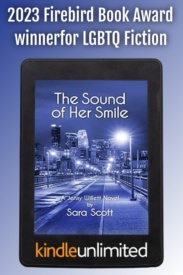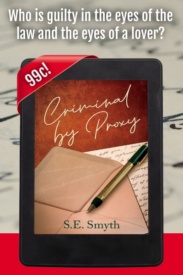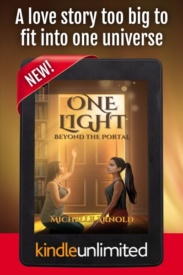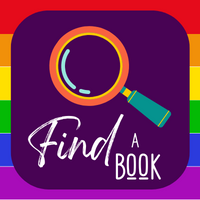![]()
Em Steven’s has been Miranda and TB’s developmental editor on many of their cowrites, including the Goldie winning The AM Show.
Em’s insights are spot on, and she not only helps authors whip their manuscript into shape, she does so with kindness, humor, understanding, and more humor.
Take it away, Em!
Log Lines
The term log lines typically applies more to television and movies, but I think authors should strive to have them for their books.
What is a log line? It is a succinct (preferably one) sentence that summarizes the story.
Some examples:
“The Godfather”: The aging patriarch of an organized crime dynasty transfers control of his clandestine empire to his reluctant son.
“Titanic”: A seventeen-year-old aristocrat falls in love with a kind but poor artist aboard the luxurious, ill-fated R.M.S. Titanic.
“The Little Mermaid”: A mermaid princess makes a Faustian bargain to become human for three days in an attempt to win a prince’s love.
“Carol”: An aspiring photographer develops an intimate relationship with an older woman in 1950s New York.
In each of these examples there is a character/characters, either the setting or the crux (sometimes both), and it gives a complete idea about the entirety of a movie. There’s no room for padding or mysteries. It is to the point and doesn’t end on a question.
This is remarkably similar to an elevator pitch and, I feel, a critical exercise for authors. In fact, it is usually the first or second step I take when I have an idea for a novel because it hones in the focus of the story.
Why is it important?
When I get queries for my services one of the first questions I ask is “what’s your book about?” This helps me determine my level of expertise (in case I need to do research on a topic or genre) and it helps me shape my editing to the market.
Some responses I’ve received:
“It’s a bit of a mystery, and a romance, and it’s historical, and there’s kind of a paranormal aspect to it.”
“It doesn’t fit neatly into one genre.”
“It’s about a woman who falls in love with another woman. The first one lives in New York while the second one is only there as an ambassador and the first woman is her interpreter at the UN and there’s a problem at the UN and someone is after the ambassador while she tries to solve the problem so the interpreter sort of doubles as a bodyguard. Oh, and there’s hot sex.”
I made that last one up and I’d totally read that book, but it’s a terrible pitch.
A log line is going to help you focus your novel into something specific. Specific means MARKETABLE. Marketable means $$$$.
Imagine you’re at a table at a convention and people are walking by your booth, just one booth amidst many. Competition for attracting buyers is high. How do you hook them?
“Please buy my book that takes me ten minutes to explain, and you’ll still be unsure of what it’s about, but I promise it’s super good!”
OR
“Lesbian necromancers in space solve a murder mystery in a gothic-style castle.” (Gideon the Ninth, Tamsyn Muir).
I mean, you had me at “lesbian necromancers”. Shut up and take all my money. I know exactly what to expect when I hear that.
It’s snappy, quick, and tells me exactly what I’m getting.
It’s good to practice writing log lines. Some exercises include watching a movie and seeing if you can write a log line for it. Another would be to take the structure/ “formula” that is a base and see if you can come up with spontaneous fill-in-the-blanks. Like log line ad libs.
(This structure is taken from the Masterclass program in screenwriting, and is available if you just google it)
[Protagonist] + [inciting incident] + [protagonist’s goal] + [central conflict]
Try some out! See how few words you can cut it down to. Share yours with friends and see if they sound intrigued.
More About Em:
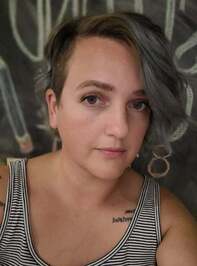 Em Stevens is a best-selling author of queer fiction.
Em Stevens is a best-selling author of queer fiction.
She currently lives just outside of Raleigh, NC with her people and her animals. Raleigh is so close to her heart she often uses it as a setting in her novels. (Y’all means all!) While she hasn’t been a writer all of her life, she has always been a storyteller. Tall tales from a young age morphed into hyperbole-fueled anecdotes in her early adulthood.
Now she puts stories into novels and is quite thankful for beta readers and editors.
When she isn’t writing or editing, she reads voraciously, steeps herself in horror movies, and tries to get outside every now and again.
Connect with her on her website.


